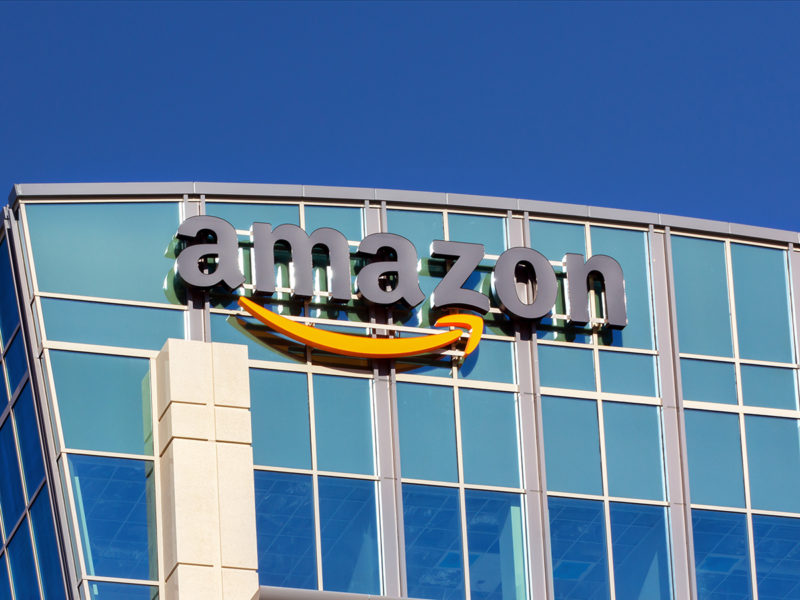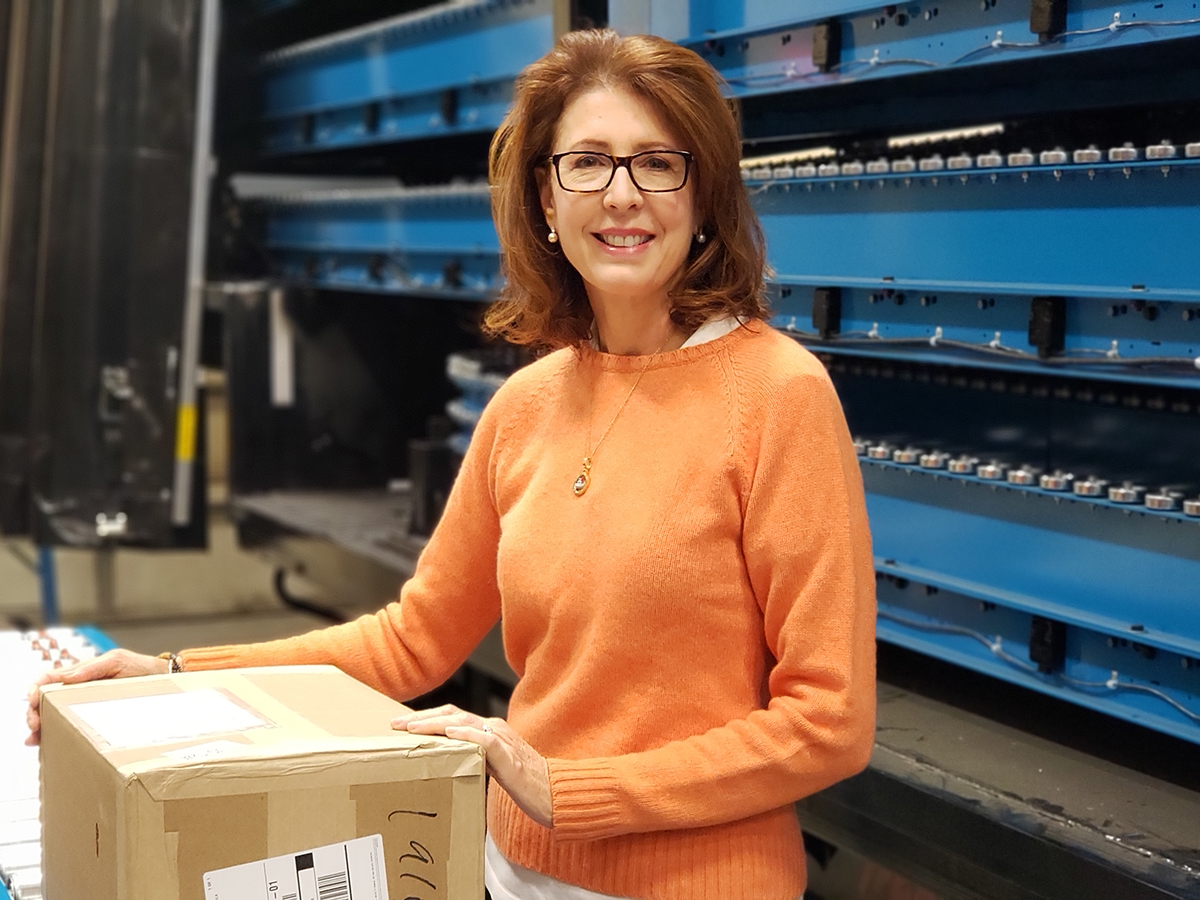Amazon filed its 10K with the SEC and held an earnings call with analysts last week. We learned that the company grew 31 percent to achieve $232B in revenues in 2018. Amazon tripled its net income to more than $10B and generated almost $31B in net operating cash. Since 2014, the company has grown 250 percent while net cash generated has gone up 340 percent.
Amazon organizes its financial results into only three reportable segments: “North America,” “International” and “AWS” (Amazon Web Services – the company’s internet hosting service). Some investors want the company to break its revenues into more segments but, like many large corporations, Amazon has resisted these calls.
What About Amazon Business?
The SEC defines several factors that would require a company to report an operating segment separately and one of these is that it must equal or exceed 10 percent of the corporation’s total revenues, assets or bottom line. Amazon Business recently reported it achieved revenues of $10B in 2018, meaning that while it is one of the world’s largest distributors, it only represents about 4 percent of its parent company’s total sales.
It’s unlikely that distributors will get much insight into Amazon Business’ results until this reporting is required by SEC rules. That could be years away, so competitors and analysts will have to speculate unless the company decides to release more information on its own.
Size Has Its Privileges
It may seem incongruous that there’s no requirement for Amazon to report on its $10B distribution subsidiary. After all, Lawson Products, which will likely report full-year 2018 sales somewhere around $300M, (~3 percent the size of Amazon Business) breaks out the revenues, expenses and income of its roughly $40-million Bolt Supply business. Amazon Business is about 250 times the size of Bolt, but reporting is not required, and so Amazon does not provide it.
I doubt the regulators who formulated these rules anticipated a company like Amazon. But, regardless, the disclosure requirements aren’t written to benefit competitors – they exist to help investors. And when investors are considering individual stocks, $10B in revenue really doesn’t make much of a difference when evaluating AMZN but $40M is a significant portion of LAWS.
Amazon Business is Not Mentioned in Amazon’s 10K
I read through the entire 10K and I couldn't find any reference at all to Amazon Business or even any discussion about the wholesale distribution market. Indeed, in the company’s introductory statements about its business, it defines its customers as “consumers.” Nowhere does the company use the words, “Amazon Business,” wholesale, business to business, B2B, MRO or other terms you might expect to find in the 10K of a company that owns a $10B distribution division.
In its long list of competitors, Amazon includes “distributors,” and the “Risks” section briefly discusses government contracts. That’s about it for anything that could be construed as a reference to the company’s fast-growing wholesale distribution business.
So, What Does this Mean for Distributors?
For analysts who specialize in distribution (like those of us at MDM) and other distributors, the lack of data about Amazon Business leaves many questions unanswered:
- What are Amazon Business’ margins?
- How are its sales broken out by product vertical or customer segment?
- Is it pricing to gain share or drive profits?
- How much is Amazon investing in this wholesale distribution entity?
- What is the performance of this division’s working capital?
- How much of the revenue from Amazon Business is coming from third party sellers vs. from the company’s own stock – over time?
The Case for More Transparency
From a conventional point of view, Amazon’s leadership is doing the right thing by not disclosing the performance of Amazon Business. The longer the division can operate without competitors knowing the details of its performance, the better for the company.
But I think Amazon should consider disclosing more information about Amazon Business because the company is trying to enlist distributors to sell on its marketplace. This makes the business unit unique compared to historical industry disruptors. For example, Home Depot never positioned itself as an ally to other home improvement companies or invited them to set up shop inside its stores. Yet, that’s more or less what Amazon Business is doing in distribution.
Many distributors feel threatened by the emergence and rapid growth of Amazon Business. The lack of detailed reporting makes those concerns worse and, frankly, probably discourages other distributors from making the decision to sell on the Amazon Business marketplace.
Additional transparency would also be more consistent with other industry leaders, which often provide more detailed reporting than is likely required. These examples are from 2017 10Ks because these companies have not filed for 2018 yet:
- Grainger provides detailed reporting by operating segment, business unit, customer segment, and even revenue by channel (vending, web, EDI, counter, phone, etc.)
- Fastenal offers detailed headcount information by branch, DC, manufacturing and administrative locations.
- MSC divides its revenues into six customer segments, three of which fall under 10 percent of revenues, along with a breakdown by country even though 97 percent of its sales are in the U.S.
- The previously-mentioned Lawson Products breaks out product vs. service revenues along with nine product segments.
Certainly, there are no legal or ethical issues with Amazon’s decision not to offer more insight into Amazon Business. But based on its unique business model that proposes partnerships with distributors, along with a history of greater transparency from other large industry players, it would likely be good for the company to provide more information.
What’s Next in Channel Disruption?
Although Amazon Business is perhaps the best-known example of disruption in distribution, there are other, very compelling developments underway in the evolution of channels. Over the next few months, we will begin publishing a series of articles in MDM Premium to explore these developments.
We’ll explore other selling marketplaces that compete with Amazon Business, various types of sourcing marketplaces that are emerging and channel innovations launched by individual distributors as well. Digitally-powered disruption is taking place in wholesale distribution and it’s much larger than any single company or business model.
Stay tuned.
Related Posts
-
Though the fallout for distributors from COVID-19 continued to be a hot topic in April,…
-
Amazon Businesss growth is not equally distributed. It has excelled in certain areas of B2B…
-
After initial success through its own website, the Michigan manufacturer first looked to broaden its…




